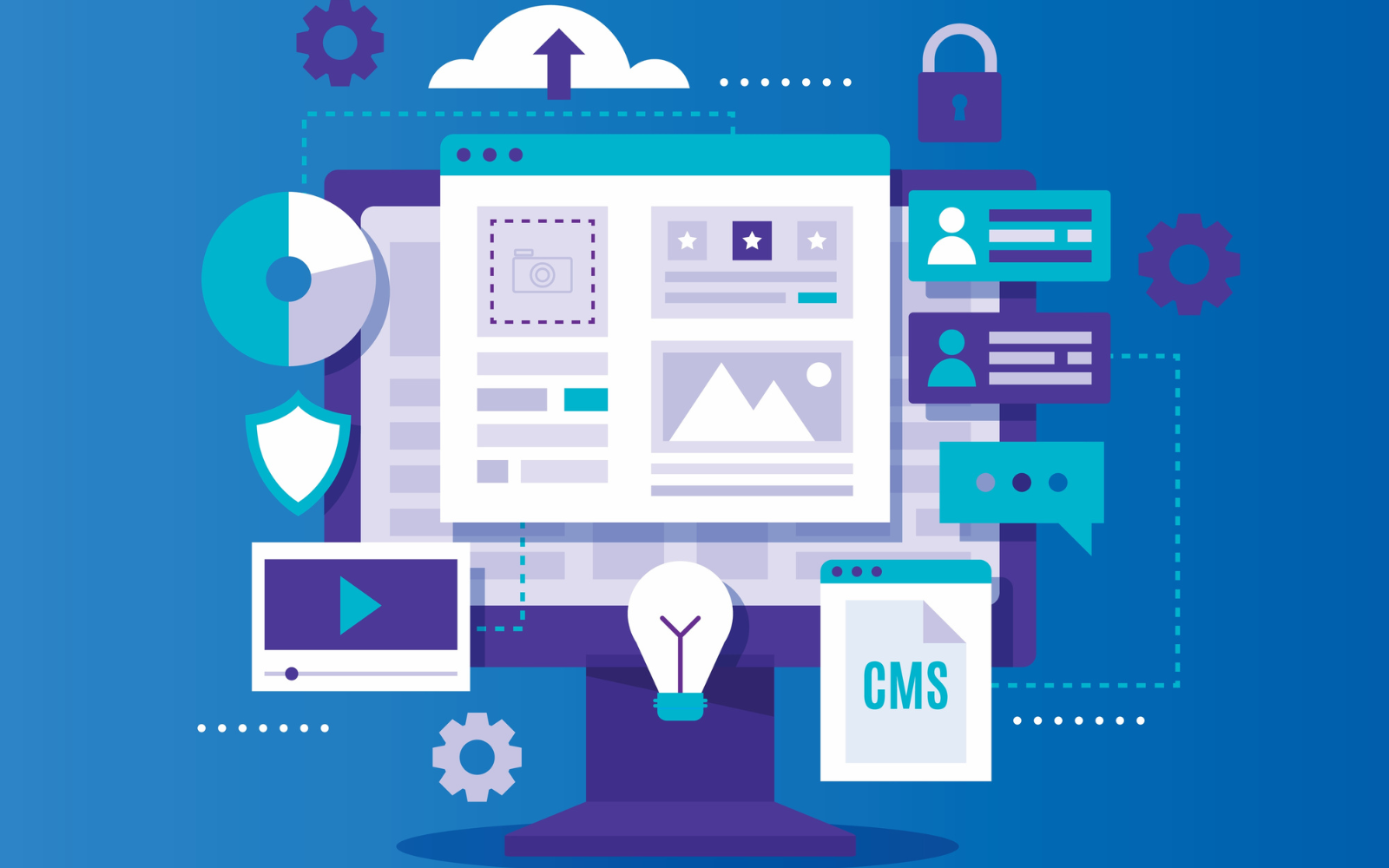
Understanding Headless SEO: Your Guide to Optimizing for the Future
Table of Contents
In the ever-evolving world of digital marketing, traditional approaches to search engine optimization (SEO) are being challenged by new technologies and frameworks. One such innovation is headless architecture, which separates the frontend and backend of a website, allowing for greater flexibility and performance. However, this shift also introduces unique challenges for SEO. In this blog, we’ll explore headless SEO, its benefits, and provide “Your Headless SEO Checklist in 8 Steps” to ensure your site is optimized for search engines.
What is Headless SEO?
Headless SEO refers to the optimization techniques specifically designed for headless websites, where the frontend (what users see) is decoupled from the backend (where data is managed). This architecture allows developers to use different technologies for the user interface while still delivering content from a centralized backend. While headless systems offer enhanced performance and scalability, they can complicate traditional SEO practices.
Benefits of Headless Architecture
- Improved Performance: By delivering content through APIs, headless systems can provide faster loading times, which is crucial for user experience and SEO.
- Flexibility in Design: Developers can use various frameworks and technologies to create unique and engaging user experiences without being limited by the backend.
- Omni-Channel Delivery: Content can be delivered seamlessly across multiple platforms, including websites, mobile apps, and other digital channels.
The Challenges of Headless SEO
While headless architecture offers many advantages, it also presents challenges for search engine optimization:
- Content Accessibility: Ensuring that search engines can crawl and index content delivered through APIs can be tricky.
- SEO Implementation: Traditional SEO techniques may not apply directly, requiring a rethink of optimization strategies.
- Dynamic Rendering: Properly rendering dynamic content for search engines can be complex and requires careful planning.
Your Headless SEO Checklist in 8 Steps
To effectively optimize your headless website for search engines, follow this comprehensive checklist:
1. Ensure Content is Crawlable
Make sure that all content delivered via APIs is accessible to search engine crawlers. Use tools like Google Search Console to check how Google sees your site.
2. Implement Server-Side Rendering (SSR)
If possible, use server-side rendering to deliver a fully rendered page to search engines. This can help with indexing and improve SEO performance.
3. Optimize Metadata
Ensure that all pages have unique and relevant title tags, meta descriptions, and header tags. This information is essential for search engines to understand your content.
4. Use Structured Data
Implement structured data (Schema.org) to help search engines understand the context of your content. This can enhance visibility in search results and improve click-through rates.
5. Create an XML Sitemap
Generate and submit an XML sitemap to search engines to help them discover all the important pages on your site. This is crucial for ensuring comprehensive indexing.
6. Monitor Page Speed
Use tools like Google PageSpeed Insights to regularly monitor your website’s loading speed. Fast-loading pages are essential for both user experience and SEO.
7. Optimize for Mobile
Ensure that your headless site is fully responsive and provides a seamless experience on mobile devices. Google prioritizes mobile-first indexing, making this step critical.
8. Regularly Audit Your SEO
Conduct regular SEO audits to identify any issues or areas for improvement. This includes checking for broken links, duplicate content, and other technical SEO factors.
Conclusion
Headless SEO represents a new frontier in search engine optimization, offering both opportunities and challenges. By understanding the principles of headless architecture and following our “Headless SEO Checklist in 8 Steps,” you can ensure that your website is optimized for search engines while delivering a superior user experience. As the digital landscape continues to evolve, staying informed and adaptable will be key to maintaining your visibility and success in search engine results. Happy optimizing!




